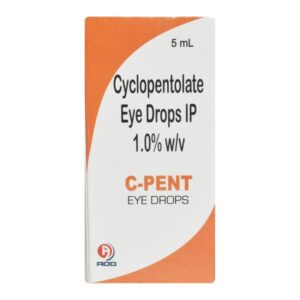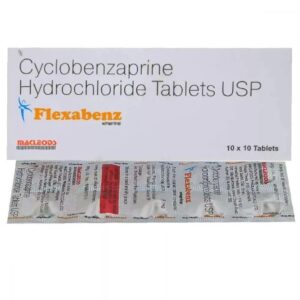CYCLOPENTOLATE
CYCLOPENTOLATE: Cyclopentolate is a medication commonly used as a mydriatic and cycloplegic agent. It is primarily used to dilate the pupil of the eye for various diagnostic and therapeutic procedures, such as eye examinations and surgery.
The main mechanism of action of cyclopentolate is the inhibition of the muscarinic receptors in the eye, specifically the M3 receptors. By blocking these receptors, it leads to relaxation of the ciliary muscle and dilation of the pupil. This results in the temporary loss of accommodation (cycloplegia) and increased light sensitivity (mydriasis).
The dose of cyclopentolate varies based on the specific procedure and the patient’s age. The usual dose for adults and children over 1 year of age is 1 to 2 drops of 1% solution into the eye, repeated every 5-10 minutes for two to three doses. In infants under 1 year of age, a 0.2% solution is typically used.
Common side effects of cyclopentolate include stinging or burning sensation in the eyes, blurred vision, increased sensitivity to light, dry mouth, and drowsiness. These side effects are usually temporary and mild. However, some individuals may experience more severe reactions such as allergic reactions (e.g., rash, itching, swelling), rapid heartbeat, or hallucinations. In such cases, medical attention should be sought immediately.
It is important to note that cyclopentolate may affect the ability to drive or operate machinery due to its side effects on vision and drowsiness. Therefore, it is typically advised to avoid these activities until the effects of the drug have worn off.
As with any medication, it is crucial to consult a healthcare professional before using cyclopentolate to ensure its suitability and safety.


